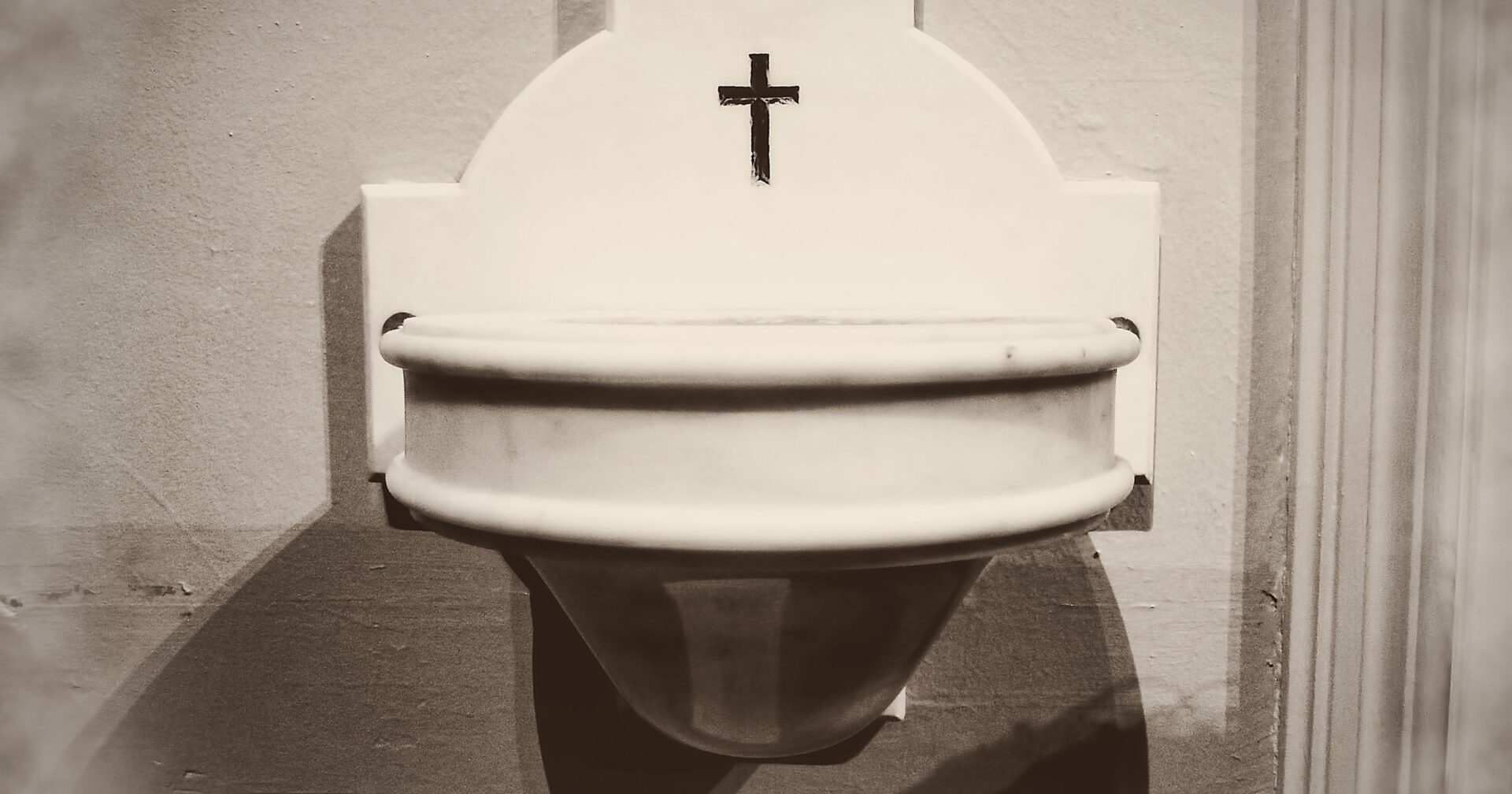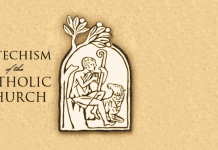After being blessed and made into a sacramental by a priest, can Holy Water be diluted and remain “holy,” and if so, how dilute can it be?
“On the basis of age-old custom, water is one of the signs that the Church often uses in blessing the faithful. Holy water reminds the faithful of Christ, who is given to us as the supreme divine blessing, who called himself the living water, and who in water established baptism for our sake as the sacramental sign of the blessing that brings salvation.” Romian Missal 1388
According to the “Rules for Administering Baptism” under the Rituale Romanum, if Holy Water is not of sufficient quantities, more may be added provided it does not exceed the original quantity of water.
“If the baptismal water has so diminished that it is foreseen it will not suffice, unblessed water may be added even repeatedly, but in lesser quantity than the blessed each time this is done. If it becomes contaminated or has leaked out or in any way is deficient, the pastor will see to it that the font is thoroughly cleansed and replenished with fresh water, and proceed to bless it according to the form given below.”
In short, this means Holy Water can be diluted 49% and still retain its sacramental properties. The 49%/51% ratio has precedent in the Church: the Sacred Congregation of Rites prescribed in 1904 that liturgical candles must be comprised of at least 51% beeswax i.e in maxima parle.
“and at least 51% for the other candles.” – Liturgical Law p. 37
What about adding water for a second time? In almost all cases, this never happens. Safeguards are in place that properly diluted Holy Water is not diluted again and thus retains its sacramental properties.
Photo credit: Alina Cardiae Photography / Shutterstock.com

















